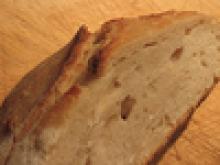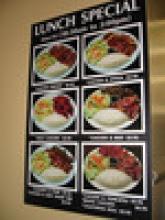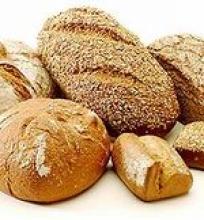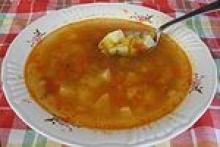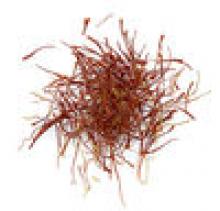All About Sourdough
Sourdough bread is, in a sense, fermented. The starter takes the place of yeast in the dough, by providing CO2 bubbles to make the dough rise. (If you make much bread, sourdough is a great way to save money, by the way. I don't know if you've noticed, but the cost of yeast is ridiculous!)
There are two main differences between sourdough starter and commercial yeast. The first is that sourdough starter uses "wild" yeast. (And because each starter is propagated from itself, some sourdough starters are historical, dating back at least several hundred years in an unbroken line.) In fact, you can make your own starter at home by adding flour to water, setting it out in a warm place, and waiting. Because wild yeast is ubiquitous, your DIY sourdough starter will eventually be colonized with a local strain of yeast.
The second difference is that the sourdough starter is a living organism, almost like a pet. So it does require a bit more care than the jar of powdered yeast you buy at the store. Because the sourdough's yeasts are constantly consuming their food supply (the flour and water base), it has to occasionally be replenished to keep the yeast from dying off. At a maintenance level, you can simply add half a cup of flour and half a cup of water, which will keep your starter going for several weeks.
Sourdough bread also requires a bit of forethought, because you have to feed your starter to get it going and ready to make bread. One or two days before you plan to bake, you will need to feed your starter enough flour and water to get it to double. (The specific amounts will also depend on how much starter you have at the time, and how much starter you will need for your recipe.) The yeast will nom on the flour you give it, and grow accordingly.
Once it's time for baking, all you need to do is hold back a tiny bit of starter (even a tablespoon is enough to restart your culture) for the future. There are a lot of great resources for information on the care and feeding of sourdough starters; one of the best is here at Breadtopia. Another excellent detailed article can be found on the Wikibooks project.
One interesting fact about sourdough starters is that after a few months, the balance of yeasts shifts towards local wild yeasts. And yeast tastes different everywhere in the world. A lot of sourdough enthusiasts regularly swap sourdough starter cultures, in order to taste test sourdoughs from different regions.
The sourdough yeast found in San Francisco is famous as being one of the best-tasting sourdoughs. Sadly for the rest of the world, a San Francisco starter will soon be overtaken by local yeasts if you take a bit home.
Creative Commons-licensed photo courtesy of Flickr user Jeremy Cherfas
